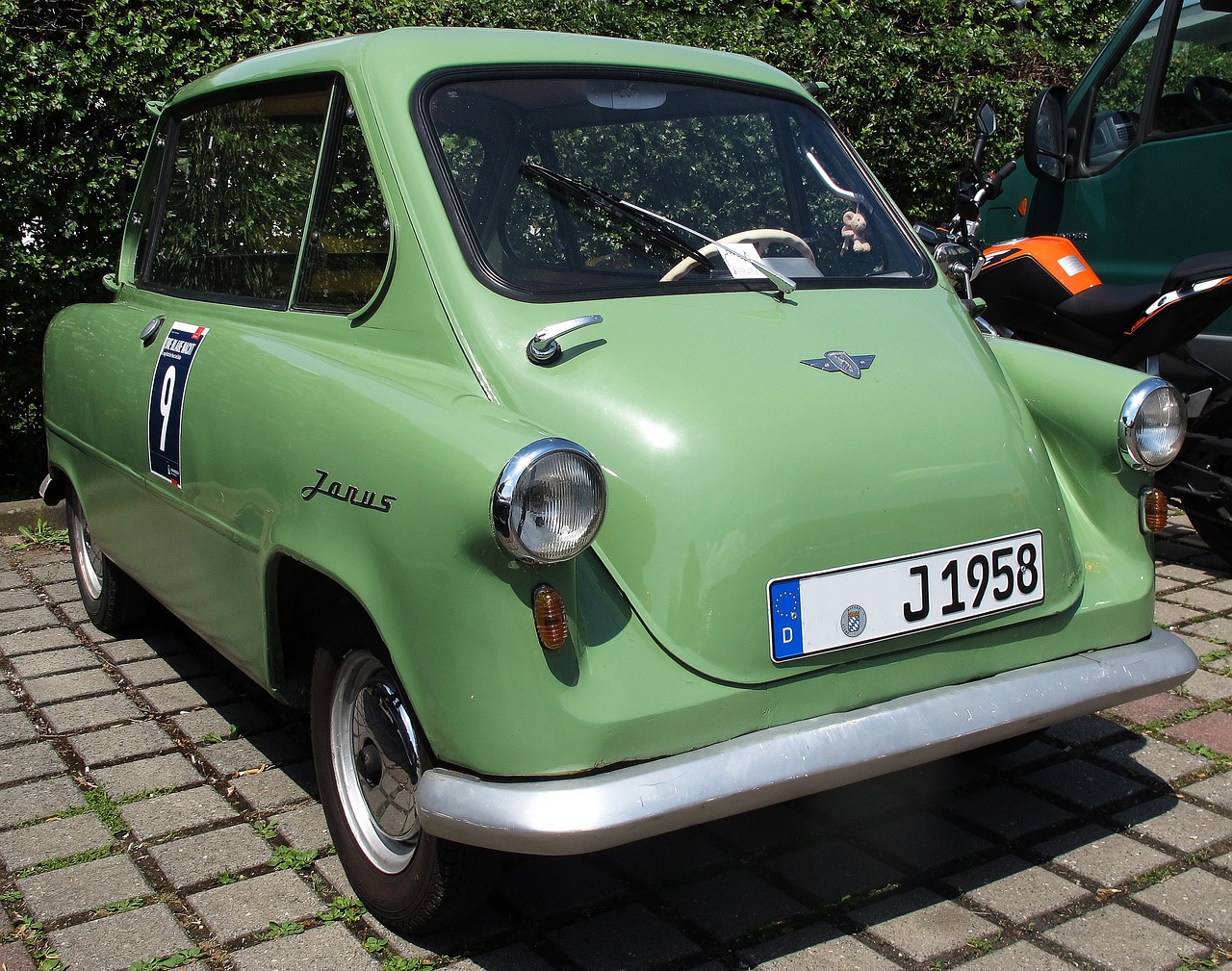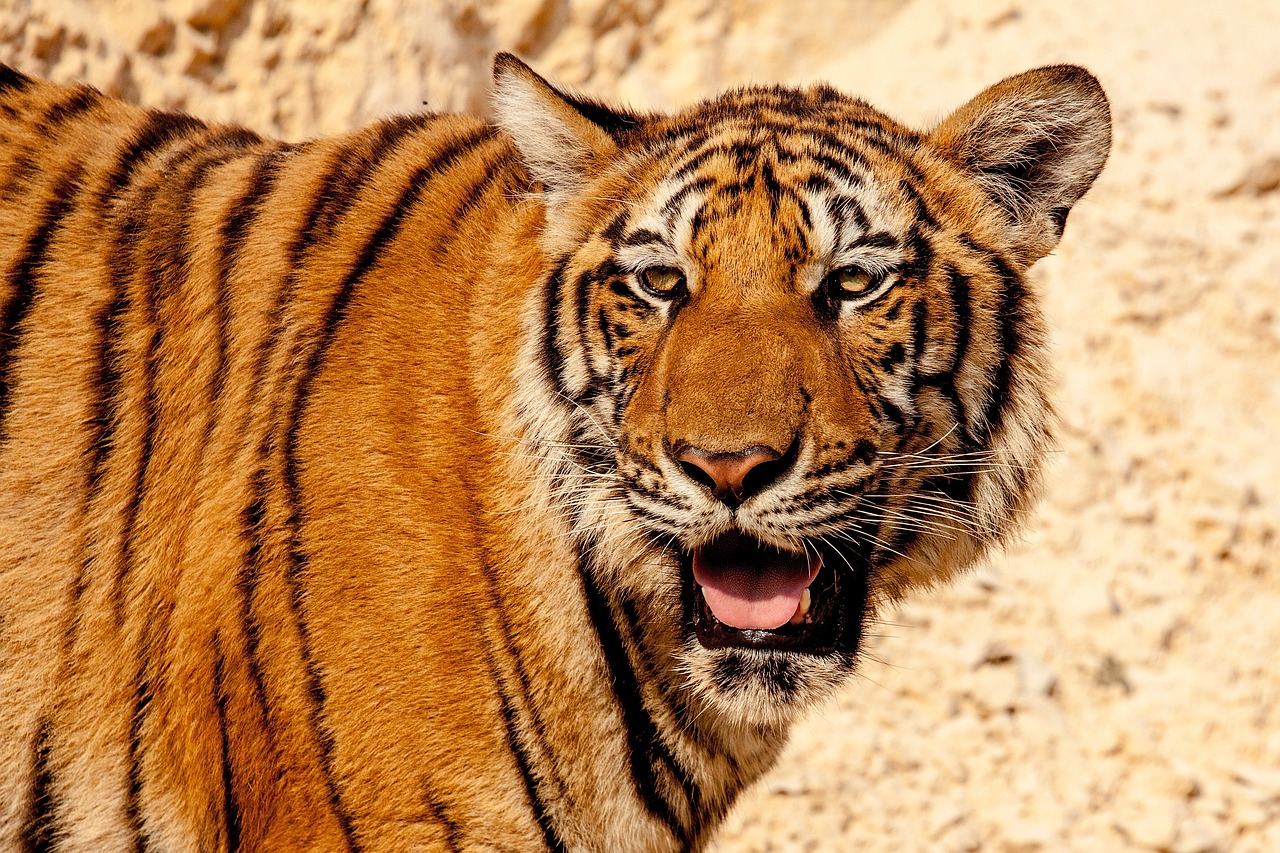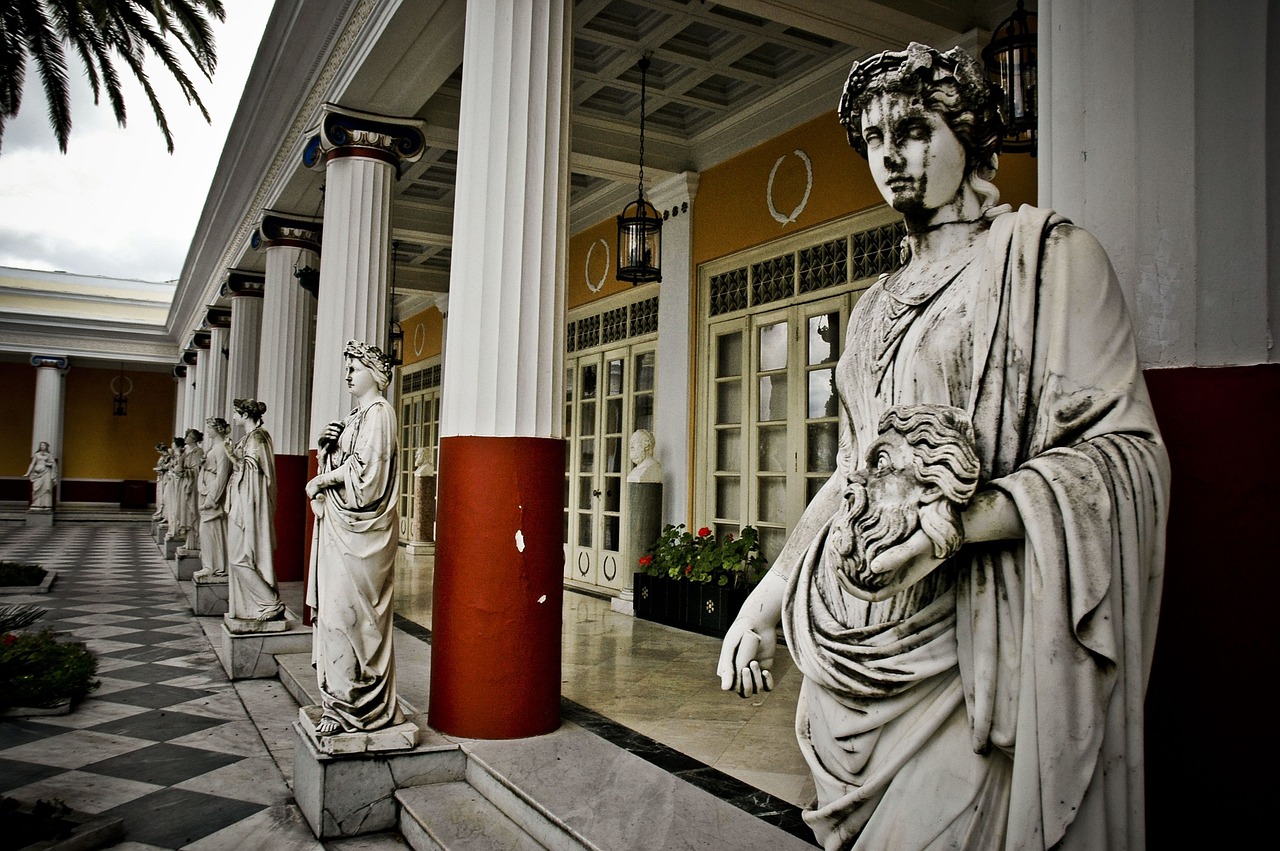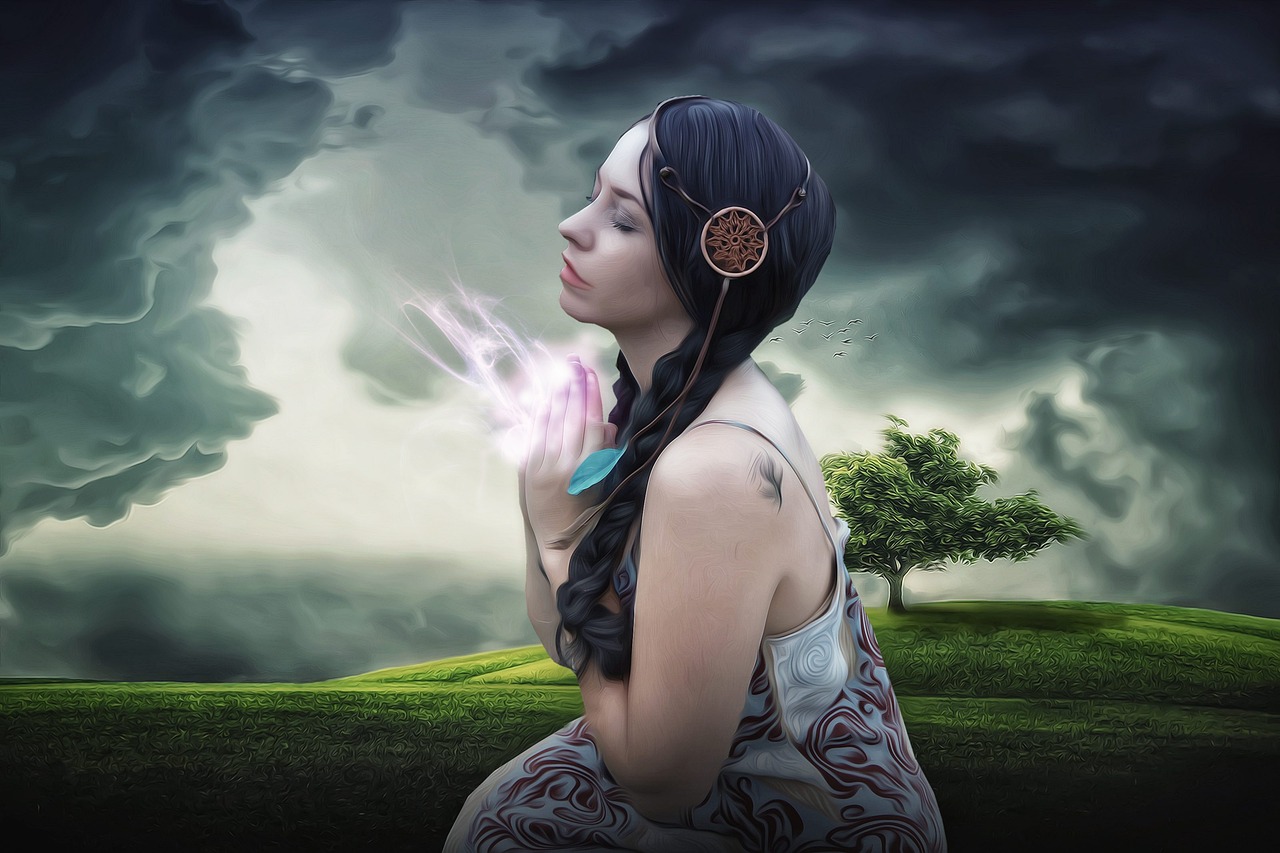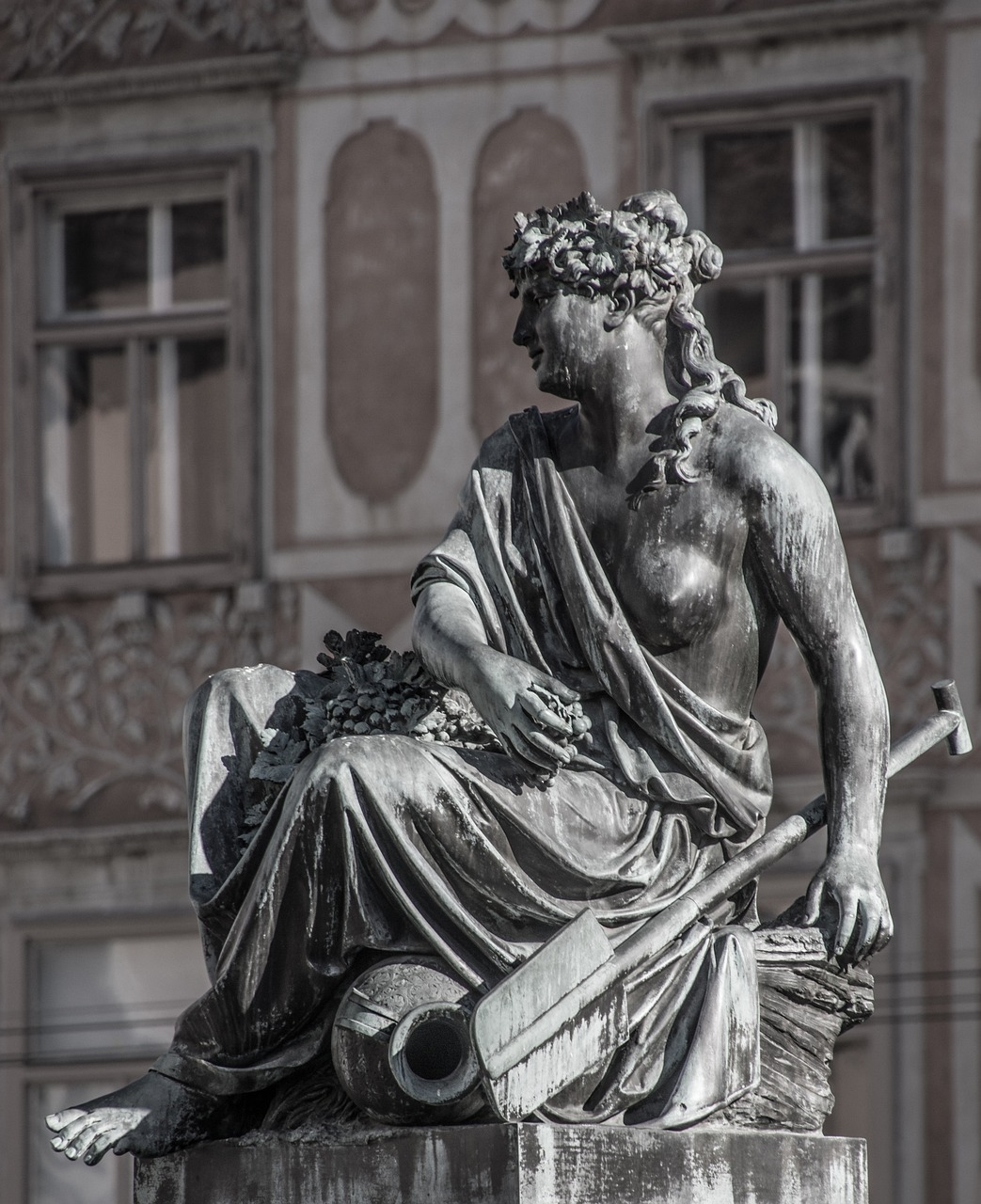Author: Erlang Shen
-
Renenutet, also referred to as Renenet or Ernutet, held an esteemed position as a goddess in ancient Egyptian mythology, representing the bountiful aspects of nature. She earned titles such as the “Lady of Fertile Fields” and “Lady of Granaries,” signifying her association with agriculture and fertility. Known primarily as the Cobra Goddess or the “Nourishing…
-
The influence of Greek culture on the Roman Republic was profound, especially as the Greeks maintained a significant presence on the island of Sicily for centuries. The conflicts in the 2nd and 3rd centuries BCE led to an influx of Hellenic culture in the form of art, philosophy, literature, and, crucially, religion. Prior to the…
-
Arawn: The Enigmatic Lord of the Otherworld Introduction Arawn, a prominent figure in Welsh mythology, reigns over Annwn, a mystical realm depicted in the Mabinogi. Renowned for his abilities as a hunter and magician, Arawn is particularly recognized for his interactions with Pwyll, the Lord of Dyfed. Etymology The name Arawn is often thought to…
-
The tiger nut, despite its name, is classified as a tuber rather than a nut. Tubers are thickened portions of a plant’s stem that reside below the soil’s surface. They may resemble roots but are significantly denser. Common examples of tubers include potatoes and Jerusalem artichokes. Specifically, tiger nuts are the tubers of the Cyperus…
-
The Essence of Ma’at in Ancient Egyptian Cosmology Ma’at, pronounced as ‘may-et’, represents the ancient Egyptian goddess embodying ideals of truth, justice, and balance. Recognized primarily during the Old Kingdom (circa 2613 – 2181 BCE), she may have roots in even earlier traditions. Typically depicted as a winged woman adorned with a feather, Ma’at is…
-
Greek mythology comprises a rich tapestry of narratives that delve into the deities, heroes, and rituals of ancient Greek culture and classical antiquity. While some intellectuals, like the philosopher Plato during the 5th to 4th century BCE, acknowledged that these myths had a significant fictional component, they were generally regarded by the common populace as…
-
Gaia: The Earth Goddess of Greek Mythology GAIA, also known as Gaea, represents the embodiment of the Earth in Greek mythology. As one of the primordial deities, she arose from the very beginnings of creation. Often referred to as the Great Mother, Gaia was the source of all life. The heavens, the oceans, sea gods,…
-
An Exploration of Minerva: The Roman Goddess of Wisdom and Craftsmanship Overview Minerva stands as one of the most esteemed deities in Roman mythology, representing wisdom, intelligence, craftsmanship, art, and inspiration. She observed the world from her celestial abode, embodying the traits of foresight and strategic thinking. Over time, Minerva evolved to also symbolize military…
-
Demeter: Goddess of Agriculture and Fertility in Greek Mythology Demeter, an Olympian deity revered as the goddess of agriculture, grain, and sustenance, played a crucial role in nurturing humanity through the earth’s abundance. As the patroness of one of the significant Mystery Cults, she offered initiates the promise of an enriched afterlife in Elysium. Artistic…
-
Hypnos: The God of Sleep in Greek Mythology Hypnos, the embodiment of sleep, is an intriguing figure in Greek mythology who resided in Erebos, the realm of perpetual gloom that lies beyond the sunrise. Each night, he ascended to the skies accompanied by his mother, Nyx (Night). Often associated with his twin brother Thanatos (gentle…

